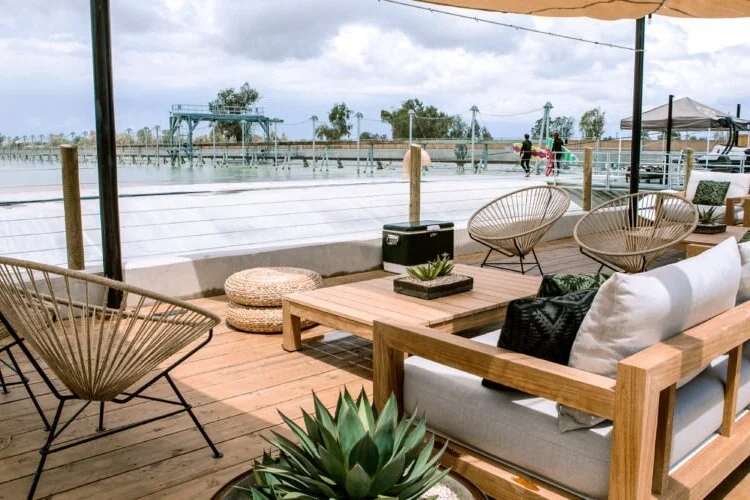How the Green Building Industry Can Meet Fire Safety Challenges
Sustainability and climate change are topics on everyone’s mind. It seems like everyone is trying to find a way to reduce their carbon footprint and their impact on the planet. But it can be a delicate balance between going green and staying safe. How can the green building industry meet growing fire safety challenges?
image © pexels
Popular Green Construction Materials
While we haven’t quite moved beyond the use of traditional lumber, concrete, and steel for construction, the industry has started to make the shift toward more sustainable building materials. What sort of materials can we expect to see making an appearance in both residential and commercial structures?
Many of the sustainable building materials we’re starting to use today have a history in the industry. Straw, for example, was a popular choice for building in the 1800s because of its versatility. Bales become bricks and loose straw can serve as both roofing material and insulation. It’s also renewable and takes a fraction of the energy to produce as things like fiberglass, which is traditionally used for insulation.
Bamboo is the fastest-growing renewable resource on the planet. Plant a handful of bamboo plants and you’ll have enough bamboo to build a house in less than a decade. Traditional timber can take anywhere from 20 to 100 years to accomplish the same task.
Even mycelium, the root structure of a mushroom or other fungus, is starting to find a place in the building industry. You can grow bricks or blocks into any shape you want. Once dry, these mushroom bricks are resistant to fire, mold, and water.
This is by no means an exhaustive list, but it serves as an example of the kinds of innovations that we’re seeing in the construction industry. Sustainable construction is possible, but it doesn’t come without its own set of risks.
Sustainable Materials and Fire Risks
Fire safety is something that every homeowner, renter, and business owner should be aware of, regardless of the materials used to construct their home or office. A fireplace, for example, can add a bit of rustic ambiance to a space. But if it’s not cleaned and maintained, it could start a fire that might burn down the whole house.
When you start adding potentially flammable green building materials to the mix, the risk becomes even greater.
When dealing with a house fire, the first thing firefighters often do is cut off the power to the home. This keeps emergency crews safer when dealing with a building soaked with water in an attempt to put out the fire, and also keeps them from getting electrocuted if cutting through the roof or walls becomes necessary.
A house with solar panels makes that more difficult because, while firefighters can disconnect the house from the grid, the solar panels provide a secondary power source that could still create a risk. If you need to get on the roof of a house equipped with solar panels, that presents an entirely new challenge.
Green construction materials are often paired with minimalist designs in an effort to reduce waste. While these designs might be aesthetically pleasing, they can also be more dangerous when it comes to fire safety. Modern homes are designed with doors and other elements that can help prevent or slow the spread of a fire, making it easier for inhabitants to escape. Minimalist designs don’t have those safety features.
Some materials, such as the straw mentioned above, are even more flammable than currently used materials. Others, like foam core insulation, which is a popular alternative to fiberglass for modern homes, have varying levels of fire resistance. Lightweight timber alternatives may be more fire-resistant, but if their supports burn away, they may make the structures more prone to collapse after a fire.
Putting Occupant Safety First
These risks shouldn’t scare you away from adopting green building materials, either as a contractor or as a client. Instead, you should be aware of the potential risks so you can make the best decisions both for the planet and for the occupants of the new structure. Going green is a noble goal, but occupant safety should always come first.
Author Bio: Jane is an environmental writer who covers topics in sustainable construction and green building materials and the editor-in-chief of Environment.co.
cover image © pexels







